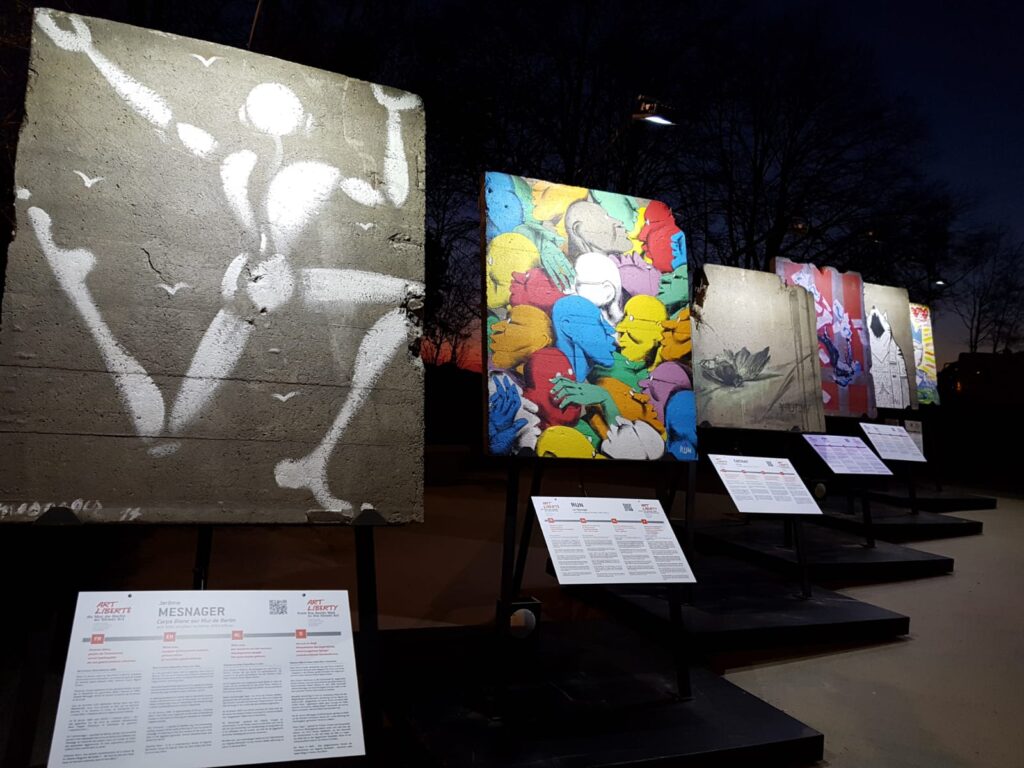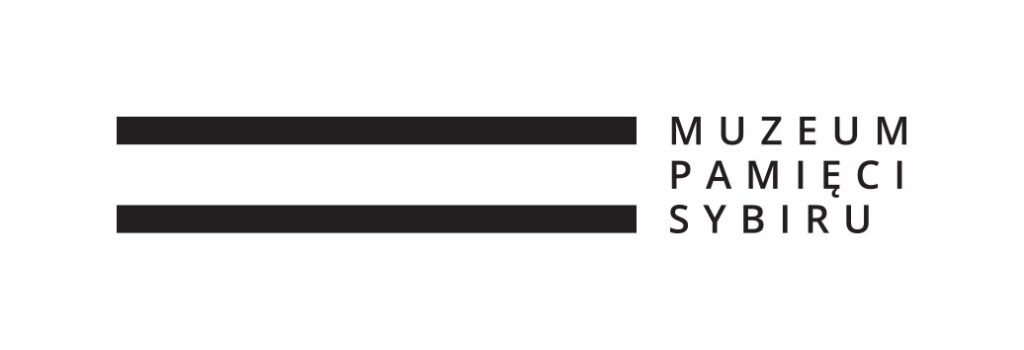
Contemporary Art meets World War II Heritage
Funded by the European Union’s Creative Europe Programme, the Art of Remembrance project reimagines WWII remembrance by blending history with contemporary art. Through artist residencies, traveling exhibitions, and educational initiatives, the project connects audiences with the profound stories of WWII in new and engaging ways.

The Art of Remembrance project bridges contemporary art with the history of World War II, offering a platform for creative dialogue about the past. By inviting artists to reinterpret the stories of WWII through innovative works, the project connects audiences to this pivotal chapter of history in meaningful and unexpected ways. It highlights the power of art to spark reflection and foster a deeper understanding of how the past shapes the present and future.
The aim of the project is to ensure that the memory of World War II remains relevant and accessible across generations and borders. Through artistic expression, the project explores themes of resilience, memory, and human connection, creating opportunities for public engagement and cultural exchange. By bringing together contemporary art and historical narratives, it encourages audiences to reflect critically on history and its enduring lessons.

At the heart of the project are artist residencies hosted at four key WWII remembrance sites in Europe. Each site offers a unique historical context, from the deportations and resilience of Polish citizens at the Sybir Memorial Museum to the technological dimensions of war at La Coupole WWII Museum in France. In Italy, the Nuto Revelli Foundation focuses on the stories of Italian partisans in the hamlet of Paraloup, while the city of Bastogne and the Bastogne War Museum in Belgium reflect on the decisive events of the Battle of the Bulge. These residencies allow artists to immerse themselves in the rich archives, artifacts, and community narratives of each location, creating site-specific works that reinterpret the history of WWII.
The works created during these residencies will form a traveling exhibition that will connect audiences across Europe to the diverse interpretations of WWII memory. Alongside the exhibition, the project engages with local communities through workshops, public events, and educational initiatives. These activities aim to inspire dialogue and encourage younger generations to explore history through the lens of contemporary art.

This project is funded by the European Union’s Creative Europe programme. This invests in initiatives that reinforce cultural diversity and address the needs of the cultural and creative sectors. Its key objectives are to safeguard and promote European cultural heritage and to enhance the competitiveness and economic potential of these sectors. The programme introduces innovations to support recovery efforts, focusing on making these industries more inclusive, digital, and environmentally sustainable. These actions are crucial for strengthening cultural diversity and adapting to modern challenges.

Tempora is a Belgian organization specializing in the design, creation, and management of cultural and historical exhibitions. Known for its innovative storytelling and audience-focused approach, Tempora works with museums and cultural institutions to develop immersive experiences that engage visitors and bring history to life. As lead partner in Art of Remembrance, Tempora provides essential guidance in curating and presenting the artistic and historical narratives that define the project.

The LRE Foundation is an international network dedicated to preserving the memory of World War II and promoting education, remembrance, and cultural dialogue. Through its work, the LRE Foundation fosters cross-border collaboration and engages with audiences worldwide to explore the history and legacy of WWII. Its role in Art of Remembrance reflects its commitment to innovation and inclusivity, ensuring that the stories of the past continue to inspire and educate future generations.

La Coupole, situated in northern France, is one of the most significant historical sites from World War II. Originally built by the Nazis as a bunker for the V-2 rocket program, La Coupole now serves as a museum dedicated to exploring the military, technological, and human dimensions of the war. The museum also examines the broader impact of the Nazi occupation on France, providing a comprehensive view of the war’s technological and social history.

The Sybir Memorial Museum, located in Białystok, Poland, is a leading institution dedicated to preserving the stories of Polish citizens forcibly deported to Siberia and other remote regions during the Soviet and Nazi occupations. Housed near the historic railway station from which many deportations began, the museum offers a powerful and immersive experience, blending personal testimonies, historical artifacts, and multimedia elements to keep these stories alive for future generations.

The Nuto Revelli Foundation, based in Paraloup, Italy, is a cultural institution dedicated to preserving the legacy of the Italian Resistance during World War II. Named after Nuto Revelli, partisan leader and writer, the foundation is located in Paraloup, a former partisan stronghold in the Alps. The site offers a unique perspective on the stories of young Italians who resisted Nazi fascism. The foundation organizes cultural and educational initiatives to explore themes of inclusion, freedom, and resilience.

The City of Bastogne, located in the Ardennes region of Belgium, is a symbol of resilience and liberation due to its role in the Battle of the Bulge during World War II. Bastogne’s commitment to preserving its history is evident in its extensive array of commemorative sites, museums, and events. These include the Bastogne War Museum and numerous memorials and battlefields that recount the story of one of the war’s most decisive battles.
Receive our newsletter